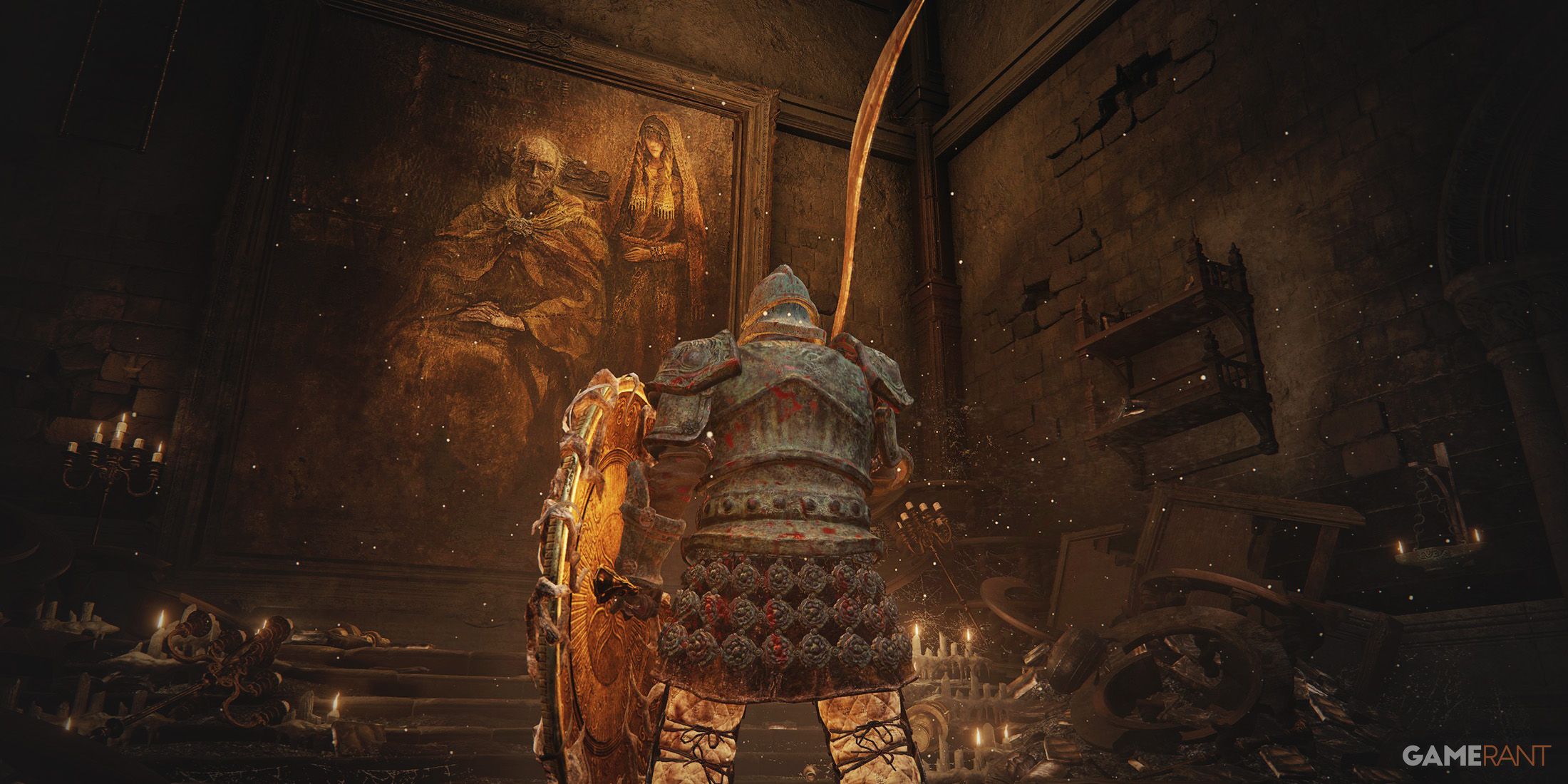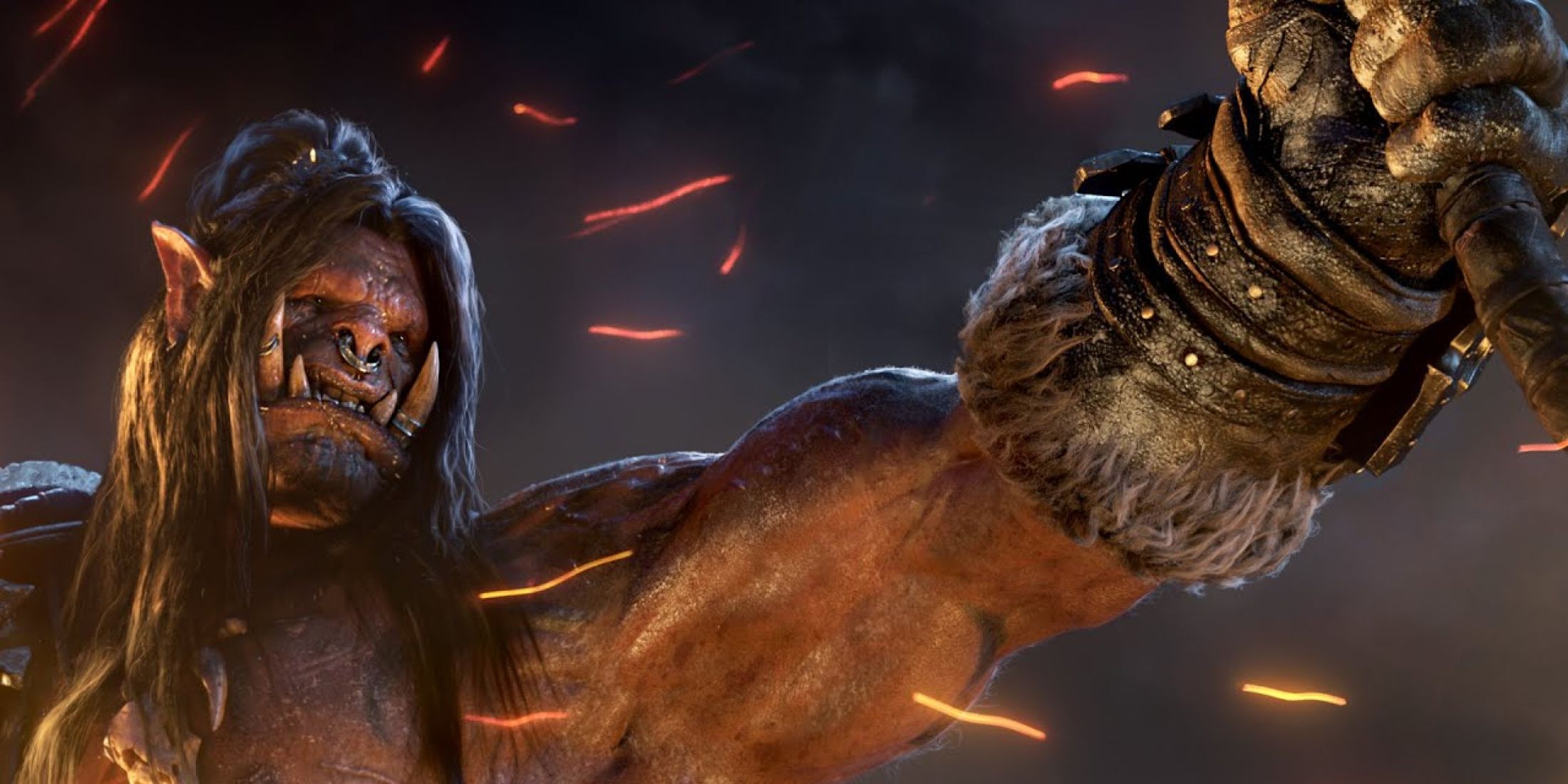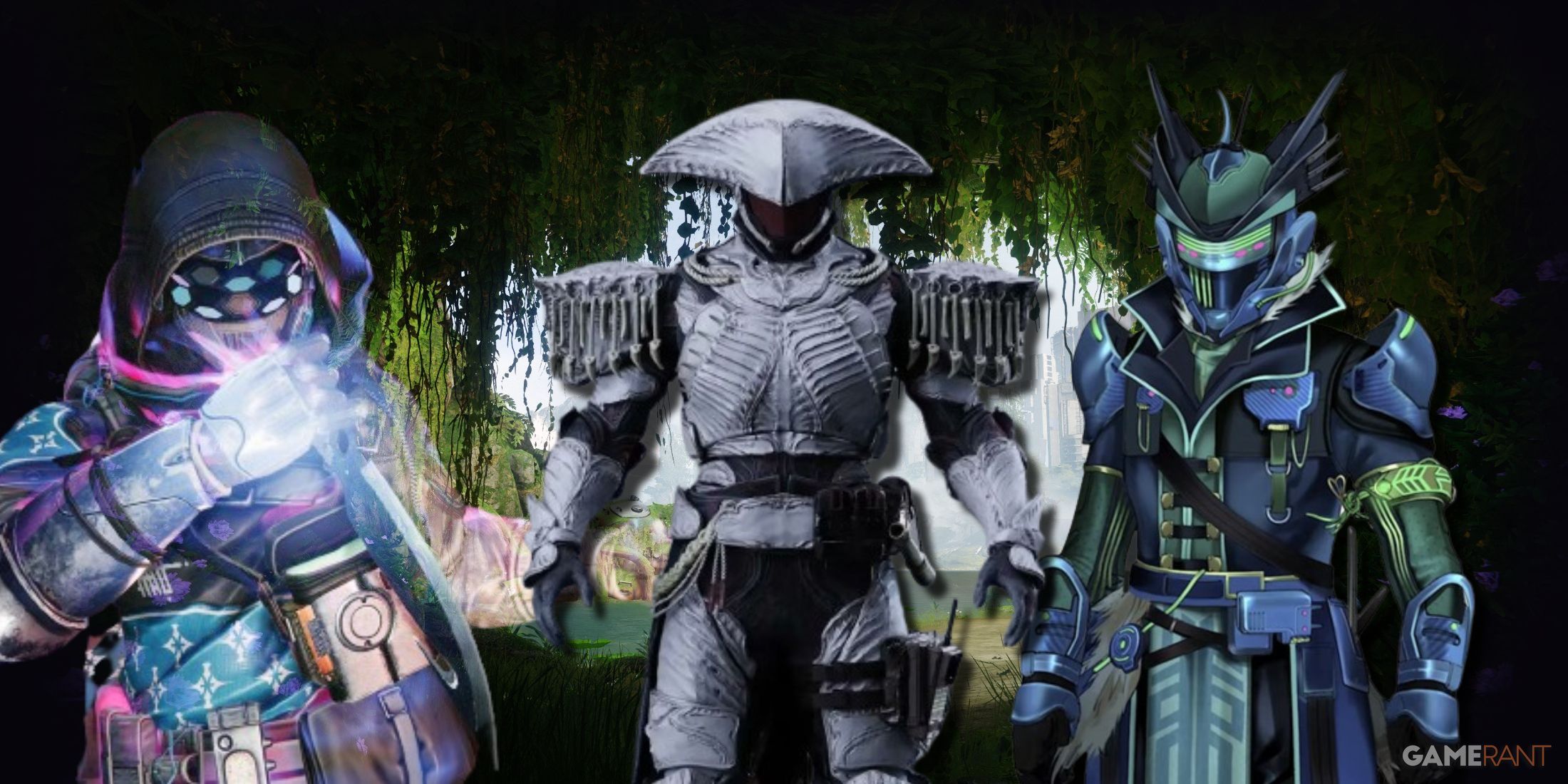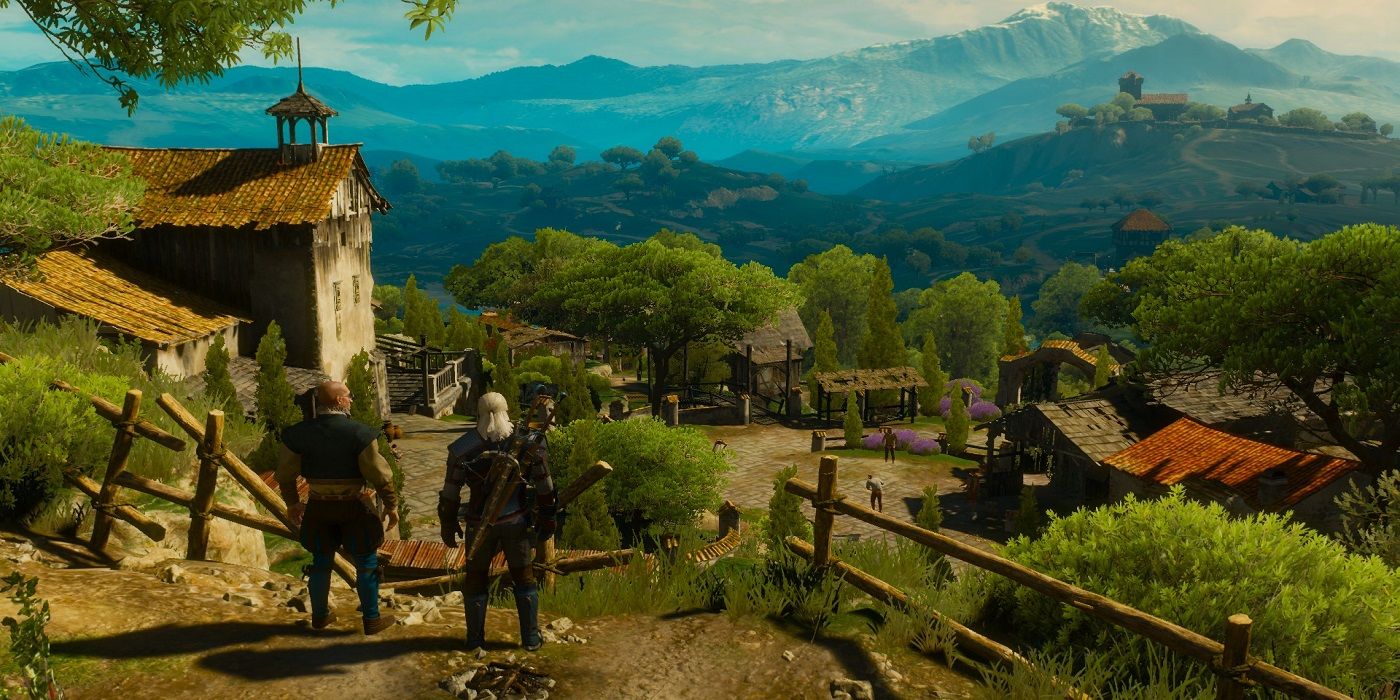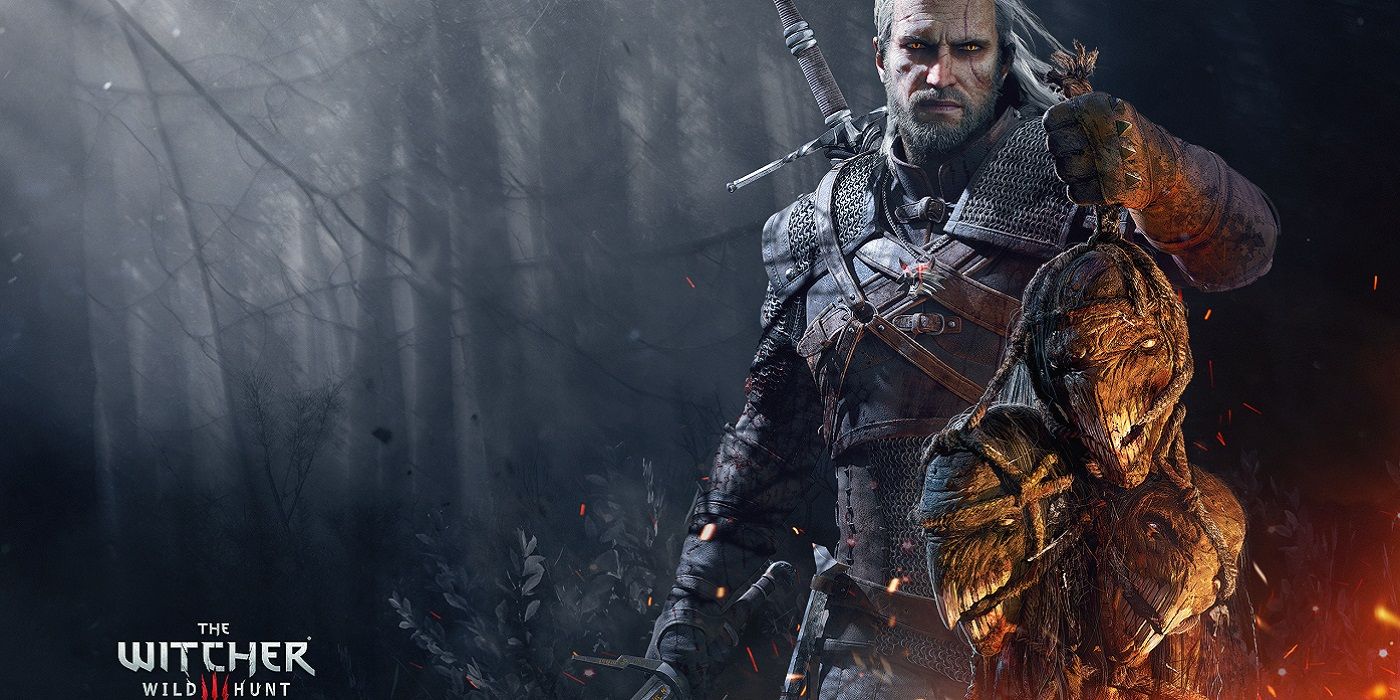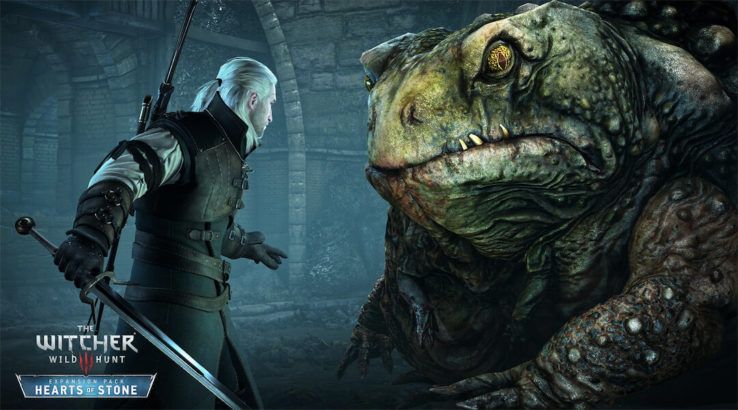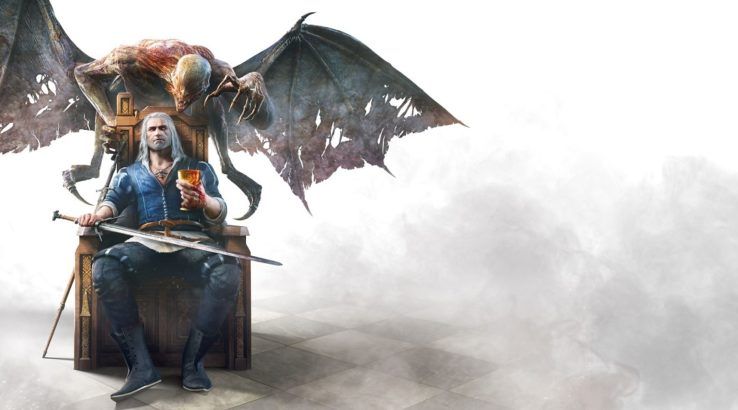In an era where microtransactions and small-scale DLCs comprise the majority of extra content for games, the Witcher 3'sHearts of Stone and Blood and Wine expansions clearly raised the bar by a long shot.
While there are some examples of modern game expansions and DLC which go the extra mile in providing lengthy stand-alone or continuing campaigns for the core game, few, if any, of them can easily stand face-to-face in scale and quality to those presented by the Witcher 3.
Old and New DLC Leading Up to Witcher 3
In the late 1990s and early millennium, when purchasing physical copies of games was the standard/only means, it was more common for game expansions to be relatively large in size and price, given that it would be too much logistical effort and cost to package and ship small-scale content expansions. The Witcher 3's DLC seemingly lined up with this model more so than most contemporaries.
Diablo 2's Lords Destruction and Neverwinter Night's Shadows of Undertide expansions, for example, were high-quality staples of the expansive extra-content players enjoyed for games, with their own boxed packages often seen on the shelves of popular stores such as Target during much older times. As downloadable games became the new standard as fast broadband internet became more common in households, the status quo changed for the way in which developers offered games for purchase, especially additional content.
Most extra downloadable gaming content comes in a smaller size nowadays, for a smaller price, and often is so minuscule in scale it is not even referred to as an "expansion." For many games, it is perhaps much easier for developers to produce a higher number of smaller and more linear missions or mini-campaigns and charge $10 or $15 each for them, rather than create a one or two extra exceptionally large-scale campaigns that are rich in content and world-building, with $30 or $40 for it. Perhaps developing smaller and more shallow DLC is a more desirable business model in regards to development and investment costs in the face of potential risks regarding profitable returns.
Witcher 3's DLC Sets High Standard for Modern Times
CD Projekt Red took no shortcuts or compromises in this regard, setting the bar high for the Witcher 3's two major expansions, which are a throwback to the older ways of producing game expansions. Even in comparison to older times, the Blood & Wine and Hearts of Stone would have rivaled the status quo for extra game content. The sheer scale of Hearts of Stone and especially Blood and Wine easily add another hundred hours of gameplay experience to the Witcher 3, give or take, depending how dedicated a player is to utilizing all the extra content included.
In many ways, Hearts of Stone and Blood and Wine could stand alone as entirely new Witcher games within themselves, as the developers even allow new players to jump into the expansions as a new player, even if they have not played the Witcher 3 base game.
These expansions did not merely add a new story and some extra perks or abilities. It included new armor sets, including Tesham Mutna Armor heavy armor and Manticore Armor. If that was not enough, Blood and Wine aimed high and added an entirely new tier to its armor sets, known as Grandmaster crafted sets, to address new challenges and scale up with more powerful enemy encounters in the new game content.
While the Blood and Wine expansion added an entirely new open world region of gigantic proportions to explore, called Toussaint, the Hearts of Stone demonstrated that strong storytelling, quests and environmental changes can pack a punch and keep the game fresh even when it takes place in the same setting and map. Furthermore, Hearts of Stone allowed players to traverse to new areas and locations to see more of the Witcher 3's setting, such as sewers, new magical worlds to enter via paintings, and more.
The the two major expansions, especially the Blood and Wine, even gave players multiple endings similarly to its core game counterpart. Furthermore, many of the side quests and decisions the player made in both the core game and the expansions often synced well with each other to create a seamless setting for those who wished to play through all the without segregating them in separate playing sessions.
In other words, the Hearts of Stone, though taking place in the same setting as the core game, was not designed as a totally separate instance of the setting which replaces the old one. It did have enough changes to make it diverse from the core game and reflecting a time period thereafter. The Blood and Wine expansion was also grand in storytelling and not merely reduced to a side-story in comparison to the scale of the core game. It moved the narrative of the world forward, while also expanding and giving more insight into Geralt's past, while also providing the overall conclusion to the story of Geralt of Rivia in full.
In addition to allowing players to manage and grow their own herbs in Geralt's vineyard, as well as expanding upon the game's alchemy, an all new Mutations character development feature was added to Blood and Wine, deepening an already massive character customization system in Witcher 3.
These expansions added something for everyone, even those who enjoy grinding and farming, as the Witcher 3's New Game+ free DLC allows players to go back and replay core game and any of these expansions from the start of the narrative with all the player's collected gear, skills and leveling they achieved when they left off prior.
This can help keep things fresh if a player has already completed all the game's content, but wants to keep building their character. And since the Blood and Wine expansion raises the level cap to 100, there is certainly strong incentive to play through the game's lush world and epic story a second time to experiment with different choices in the story-tree, all while progressing the character's development.
While Witcher 3's two major expansions and its New Game+ feature greatly expand the game and shatter the status quo for DLC gaming content, there were still plenty of familiar smaller DLC content packs; 16 to be exact. However, there is a key difference in this case: whereas other games normally charge a price for even minuscule content such as these, the Witcher 3's 16 DLC packs were entirely free of any cost to players who own the game.
Other Games With Impressive DLC
It is a common for games to offer lots of small-sized DLC packs which often resemble mini-campaigns, and sometimes offer one or two DLC packs with a medium-sized campaigns. For example, Fallout 4's Far Harbor and Nuka-World, Red Dead Redemption: Undead Nightmare, and Skyrim's Dragonborn are all examples of above-average DLC expansions that were well worth their money at launch.
There is some hope that we will see more massive-sized campaign expansions for future game releases. While it is still not quite the sheer scale of the Blood and Wine expansion, the example of Xenoblade Chronicles 2: The Golden Country and Monster Hunter World: Iceborne offers a fairly impressive campaign which could stand on its own as a self-contained game. The Golden Country even allows new players to jump right in.
The Witcher 3's two massive expansions clearly rival all these examples still, with its game-length, size, and additional mechanics. It should set a new standard which developers aspire to recreate in expanding the life-cycle of current and future game releases by aiming for grand sized, yet fewer DLC expansions.
The Witcher 3 is currently available on Xbox One, PS4, Switch and PC.

